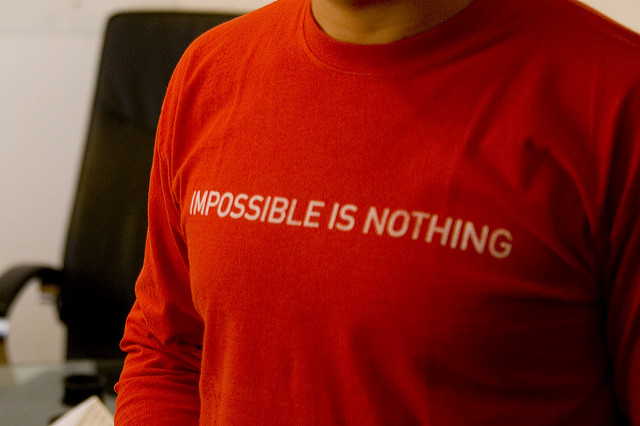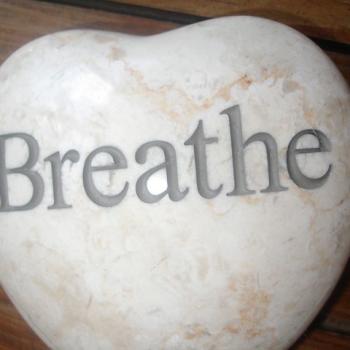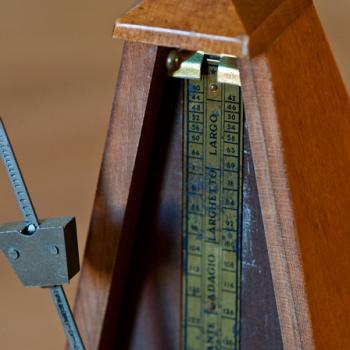
Monastic Leadership Creation
I appreciate working with creative people, even when I might not be enjoying it.
My style combines being creative and being practical, fairly down to earth. One person with whom I was working told me it was not fair to expect an artist to meet deadlines. He said it was not right to believe artists would do what they committed themselves to do.
I decided he was right, so I stopped working with him.
For me, creativity exists within a relationship. We need to communicate honestly when we are working together to create something. You need to be able to depend on me and I need to be able to depend on you.
Creativity surrounds us. There have been creative people in each place where I have lived.
Some of the most creative people I know practice their creativity in leadership and in monastic life.
What is Creativity?
We typically think of creativity as using our imagination to come up with original ideas. In creativity, there is an aspect of transcending the past and doing things in new ways.
There are people who are skilled at being creative by inventing something completely fresh. Other people are more creative by putting existing pieces together in innovative ways. They may look at objects we see every day and, with a flash of insight, see the future.
There are people who do not believe they are particularly creative. They may have ideas or expectations about being creative which they see themselves as not meeting. Some people have been told they are not creative and, eventually, believe those voices. Other people have learned from experience there are situations in which it is not safe to create.
Creativity does not require a specific temperament or personality. Some of the most creative people I have met were the least flamboyant or stylish.
Each of us has creative ability and each of us expresses our creativity in our own ways. Creativity is part of who we are, personal and unique to us. We explore and discover our own creativity, and we share it with each other. As we share we begin to see the rest of the picture and learn the rest of the story.
When we share what we create, other people learn something new.
Creation in Leadership
Some leaders paint the big picture. Others fill in the pointillistic details. There are leaders who conduct entire orchestras and those who focus on their own instrument. A few leaders use drama to present their goals, ideas, and products. There are even leaders who can turn the language of contracts into literature.
Each of us uses some form of creativity in our own leadership.
The leaders who inspire me use their imagination and help me use mine. They are unwilling or unable to settle for doing the same things in the same ways. Every day is a new creation, and they spark creativity in the organizations and people around them.
Leaders bring out the best in other people. Part of effective leadership is recognizing the potential in each person finding new ways to put the pieces together. Sometimes leaders invent something completely new. At other times leadership is about finding innovation in familiar places.
Creative leaders are never satisfied. They never find the final answer to the question, the final solution to the problem.
When we find ourselves stuck, seemingly out of options, leaders create a way forward. We take a new look at the skills we have available and put them together in a new way.
Creation is the opposite of discouragement. It depends on hope.
Even leaders who trust established practices and procedures create new ways to put them to work.
Leadership is hard work. We persevere and continue trying, working the problem and the plan. The leadership struggle shows us new ways of seeing our work. We learn new lessons and gain new insights, creating new approaches.
Creativity in Monastic Life
It is easy to think monastic life is not very creative, following the same path day after day.
We tend to see monks as living a calm, placid existence. Monastic life includes time for prayer, reflection, and contemplation. The daily operations of a monastic community may not appear to call for much creativity.
Monasteries, and their leaders, are designed to be creative. Members of monastic communities are seeking to know and become their true selves. They practice discovering and setting aside false aspects of their lives to become authentic. Monastic life is intended to free people from distractions and other ways to waste time.
Each member of a monastic community engages in creation, and re-creation.
The time we spend in prayer, reflection, and contemplation is not running away. We quiet our minds, find stillness, and open ourselves to the Sacred truth. Our openness is part of the creation working in us and in the world. We listen, and share what we hear in the stillness.
Monastic life creates us in new ways. Our prayer and contemplation are part of the creation of everything around us.
Practicing Creation
We have the choice to become forces of creation or forces of destruction in the world.
As we practice creation we share what we create with the people around us. Together all of us can help put things together in innovative ways to create something new.
Our practice of creation sparks creation in us and we are created as well.
We discover the creativity in us as we explore our own true selves. Our relationship to the Sacred truth of who we are deepens and grows more intimate. The power of creation becomes stronger within us.
As we practice creation each day we develop our creativity and spark insights for other people. The creation we practice becomes a network of energy which circles the globe.
What do we create with our leadership?
How does monastic life create a response within us?
[Image by Roberto_Ventre]
Greg Richardson is a spiritual life mentor and leadership coach in Southern California. He is a recovering attorney and university professor, and a lay Oblate with New Camaldoli Hermitage near Big Sur, California. Greg’s website is StrategicMonk.com, and his email address is [email protected].












